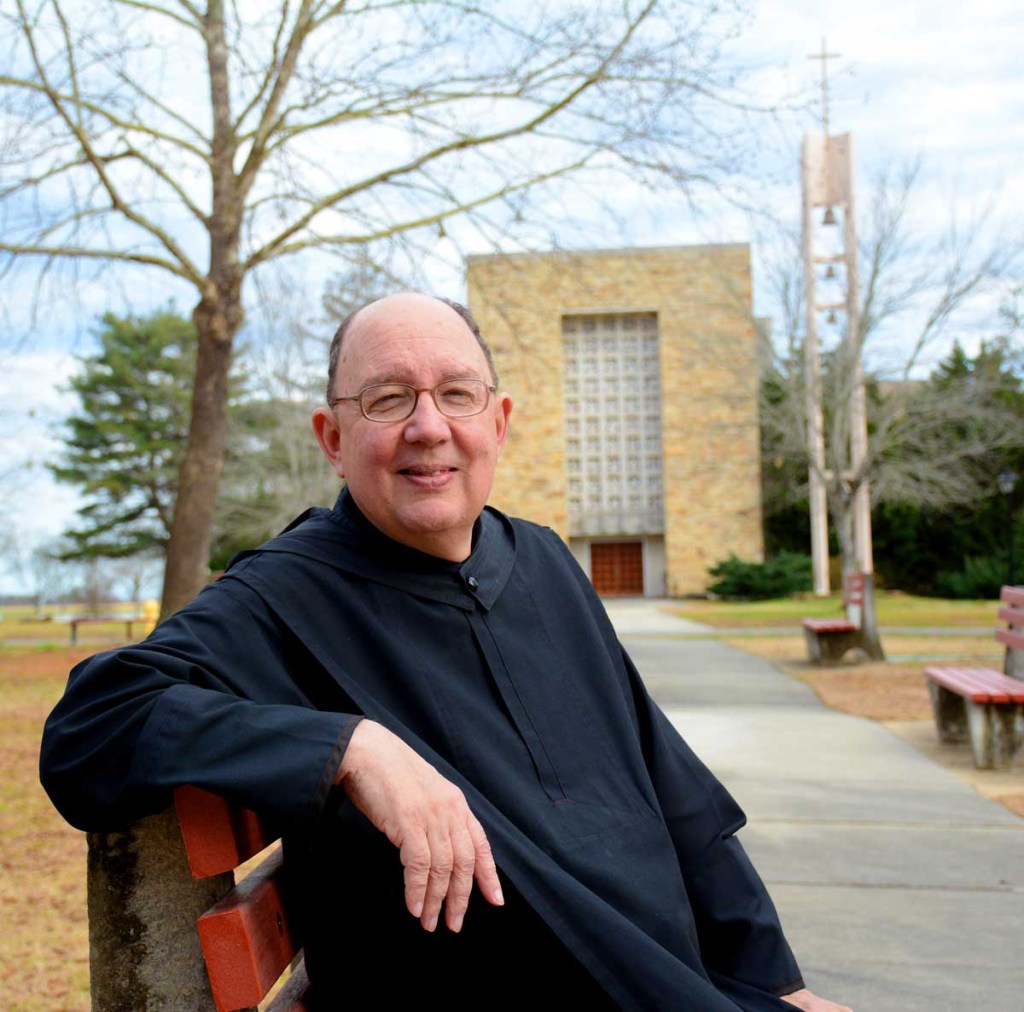Expressions of faith found in Christmas symbols
Published 11:00 am Monday, December 24, 2018

- Father Joel Martin at St. Bernard Abbey.
Christmas may come only once a year, but the symbols of the holiday are a familiar reminder of why the humble birth of a child is celebrated.
What Christmas tree would be complete without a star atop?
Who doesn’t stop to contemplate the beauty of a manger scene?
While the star and manger are common as decorations, they also carry special meaning in the church as part of the observance of Christ’s birth.
Father Joel Martin at St. Bernard Abbey has long been associated with the planning of worship services for Christmas, noting that the symbols present an opportunity for teaching and reflection.
“St. Francis of Assisi is credited with having brought the manger scene into Christmas,” Martin said. “It was a Catholic thing at first, but you see manger carvings or even live manger scenes at many churches and places now.”
A typical manger depiction shows the baby Jesus, Mary, Joseph, animals, shepherds, three kings, and often an angel.
Explaining the figures takes just a few minutes of reading the Bible to know that an angel heralded the birth of Jesus to shepherds watching over their flocks. With no place available to lodge, a manger was offered to Joseph and Mary, placing the Son of God in lowly surroundings at his birth.
“The three kings are also represented, even though we know from the Bible they arrived sometime later,” Martin said. “But the manger shows all the participants or those present for the birth of Christ. The manger is a popular part of Christmas. Everybody is moved by a baby.”
In some churches, it is appropriate to take a piece of straw from the manger to connect with Jesus and the coming of salvation, Martin added.
Aside from the manger, the brightly adorned Christmas tree is found in nearly home and business or town square.
“It probably came from earlier times before Christianity, but the church saw significance in it,” Martin said. “In the dead of winter, this type of tree is alive, a symbol of hope and new life.”
The crowning star on the tree symbolizes how the three kings of the east were alerted to the birth of Christ. The Bible tells that they followed the light to Bethlehem to bring gifts to the child.
In the church, the wood of the tree also carries significance.
“You think upon the tree in the Garden of Eden, where life was first noted,” Martin said. “While Adam and Eve took from the tree and disobeyed, the salvation comes again with some symbolism from the tree because Christ was crucified and gave the way to new life.”
For those who attend the many church services associated with Christmas, the color of purple or violet will appear during the Advent season.
“During Advent you will see purple on the robes or decorations in the church, which is a color of some seriousness, to prepare for the coming of the Lord,” he said.
The arrival of Christmas will find the minister changing to white, the sign of joy and purity for the arrival of Christ.
“And, of course, you see red and green throughout Christmas, and the use of holly to decorate,” Martin said. “The holly is green even in winter, a sign of life, and spiked ends of the leaves are representative of the crown of thorns of suffering. The red berries are the symbol of the blood that was shed by Christ because He loved us and took our place so that we may have life.”





